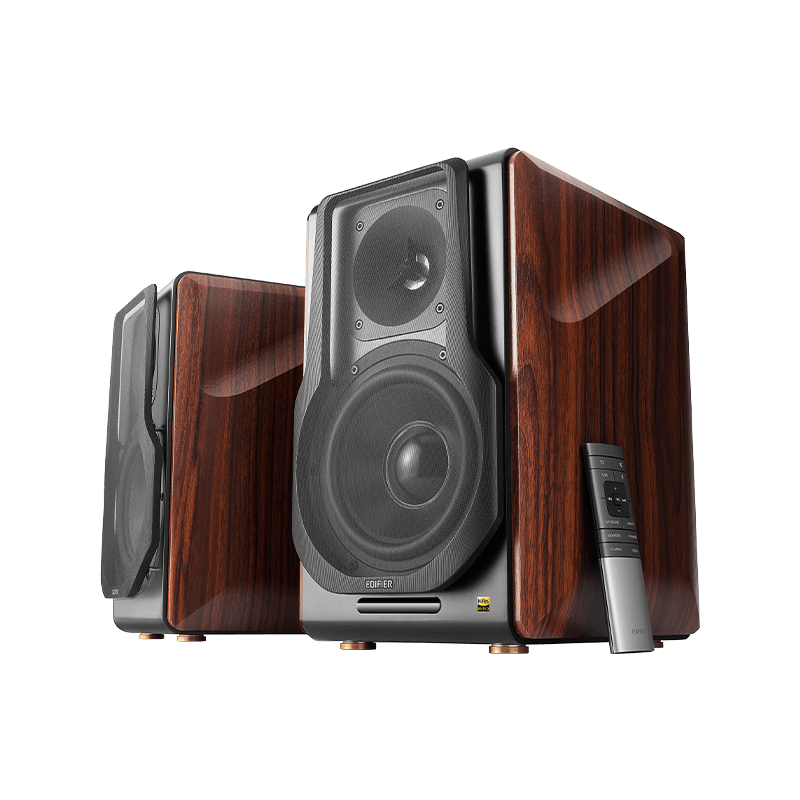
Table of Contents
Introduction to Audiophile Wireless Speakers for Testing
We have a pair of audiophile wireless speakers in our two channel near field testing facility. They are also an active speaker with two amplifiers for each speaker. They are a two way with a two inch tweeter and a 6″ low/mid driver. They are sitting 3 feet apart for near field testing of absorption and diffusion technologies for our company Acoustic Fields.
Audiophile wireless speakers do not have speaker cables. They transmit the right channel data to the right channel without speaker cables. The instructions recommend a distance apart of no more than 10′ for their brand of audiophile wireless speakers. These speakers accept a balanced input with XLR connectors.
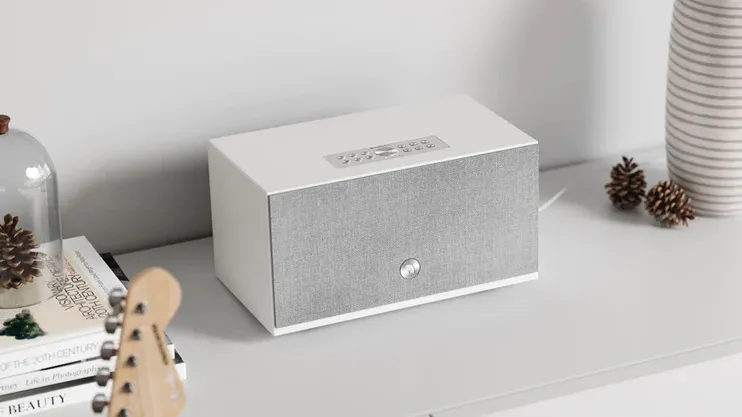
Performance and Break-In Period for Audiophile Wireless Speakers
After 200 hours of break in with our Edifier S3000 audiophile wireless speakers, they loosed up and the low end took on a fuller tone after the electronics and driver broke in. The low end is smooth and tight with distinct separation of all lower frequency octave bands. It’s a joy to listen to with its balance, punch, and definition in the low end.
The amplifiers are capable of resolving most harmonic orders if you have properly treated your rooms for reflection and pressure management. They would work well in a two channel system or a multiple channel system if connectivity to other speakers is generated from the left channel’s electronic package. Eliminating the need for long cable runs to side and rear channels would be a definite cost benefit.
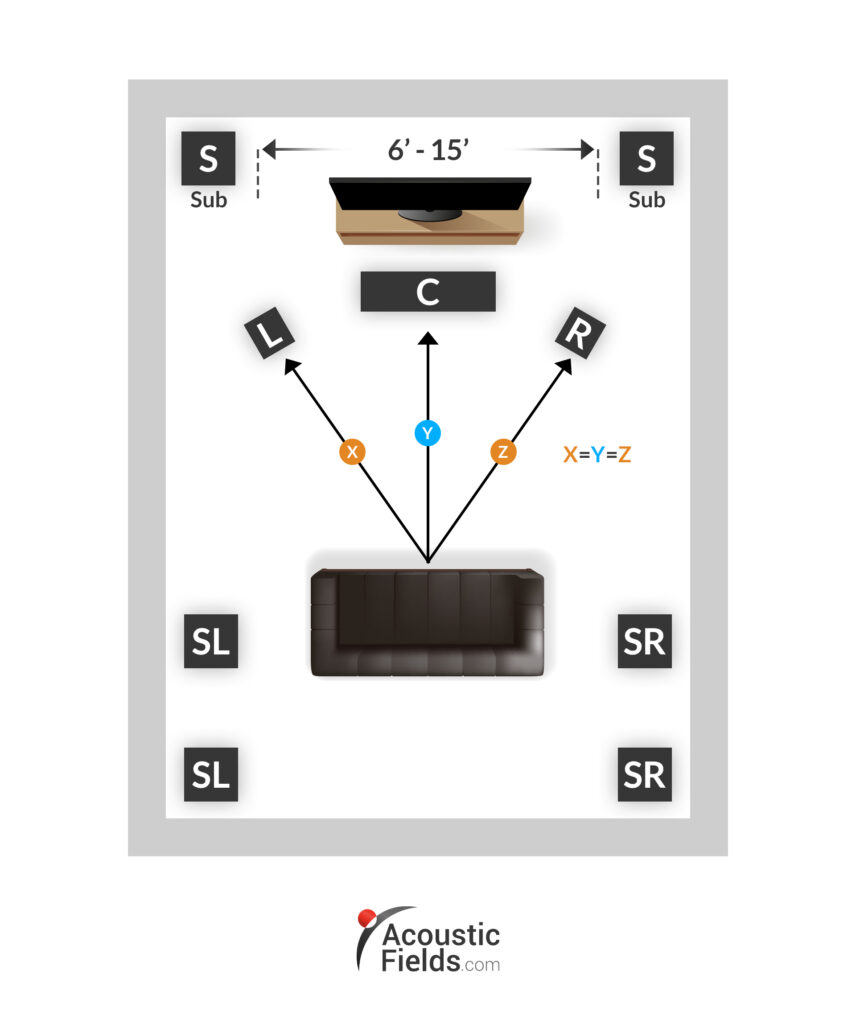
Room Acoustic Challenges with Audiophile Wireless Speakers
Audiophile wireless speakers or any other speaker or energy source that generates energy into a room will produce two main issues. The lower frequencies generated will produce unwanted pressure issues within the room along with reflections off of the walls and ceiling. Unwanted lower frequency pressure issues occur between the sidewalls, front to rear walls and the floor to ceiling.
This unwanted pressure between two parallel planes produces room modes. Depending on the frequency and room dimensions, room modes can exaggerate some frequencies where you will hear too much or they can also eliminate certain octave bands along with their associated frequencies altogether where you will hear nothing at all. Neither is acceptable.
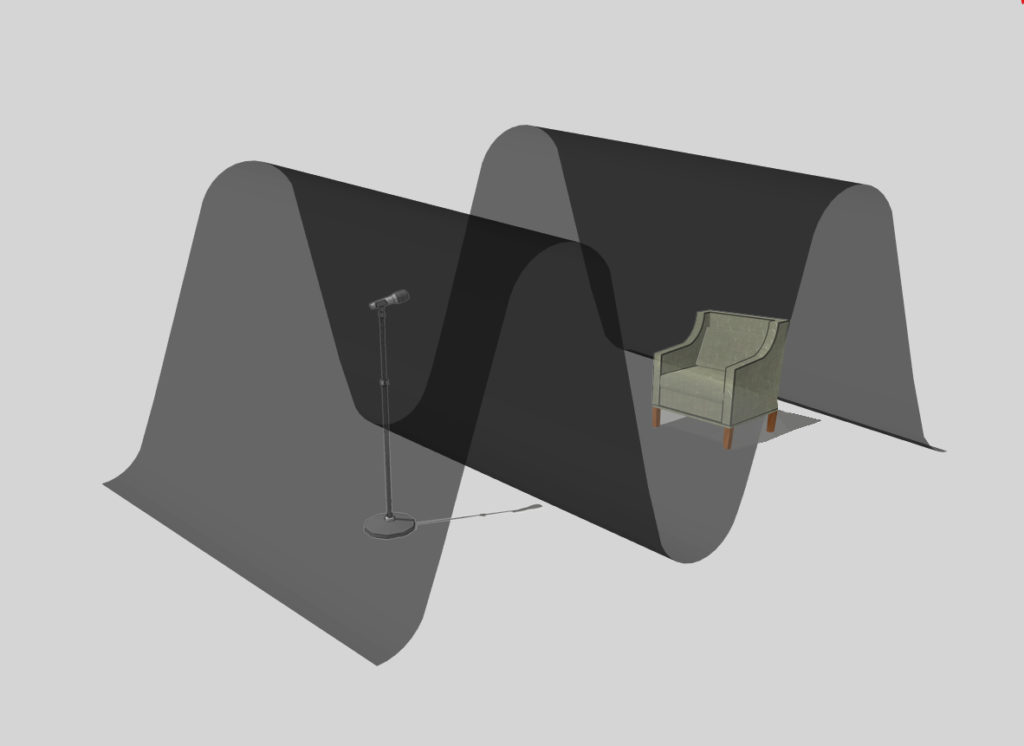
Sound Absorption Technologies for Managing Room Modes
To treat both reflection and pressure issues, we must use sound absorption technologies. When it comes to absorbing lower frequency energies within our rooms, we must use a sound absorbing technology that works on sound pressure. There are three types of lower frequency sound absorbing technologies. We have Helmholtz, membrane, and diaphragmatic.
Helmholtz is frequency specific and it takes many units to treat each wall surface area. Membrane is the cousin to diaphragmatic with less strength. Diaphragmatic is the most powerful of all the technologies to absorb unwanted room modal pressures. At Acoustic Fields we use diaphragmatic absorption that has been strengthened with our carbon technology to provide rates and levels of absorption never before achieved in a commercially viable product.
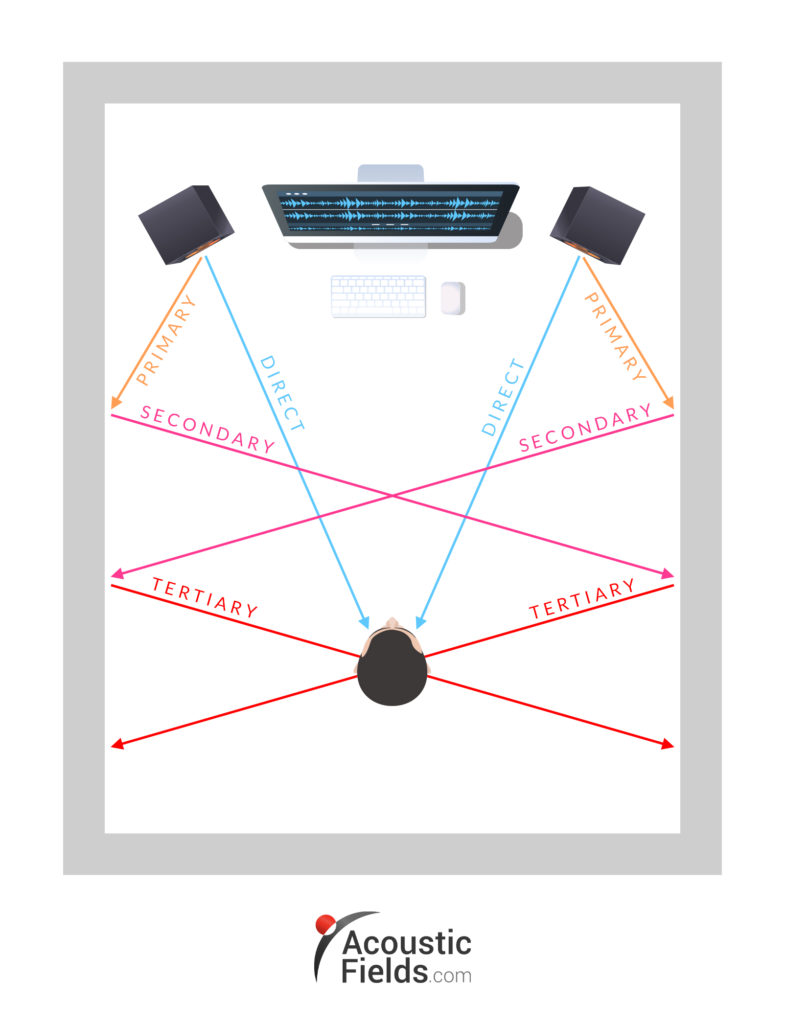
Different Technologies for Treating High Frequency Reflections
Middle and high frequency reflections are managed using a different technology than lower frequency pressure issues. Middle and high frequency reflections are managed using sound absorption that moves across the surface area of the chosen sound absorption technology. Open celled foam commonly referred to as acoustic foam is a popular middle and high frequency absorption technology.
When sound moves across its surface friction is created. Friction produces heat which produces an energy transformation thus absorption. This process is different from pressure waves that occupy the lower frequencies. To treat them, we must use a technology that absorbs pressure waves that oscillate throughout the room.






